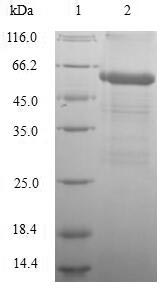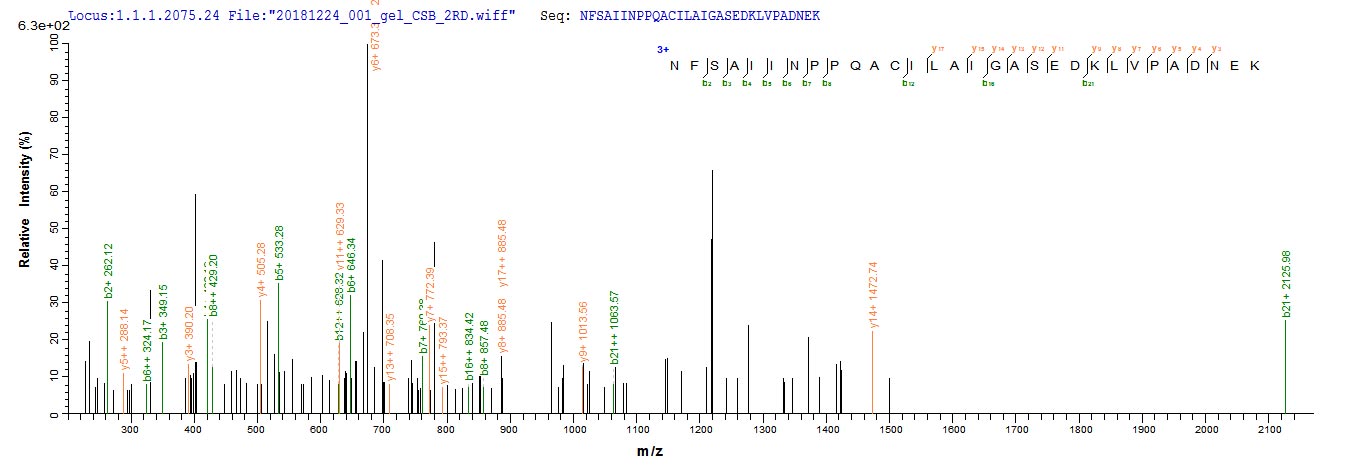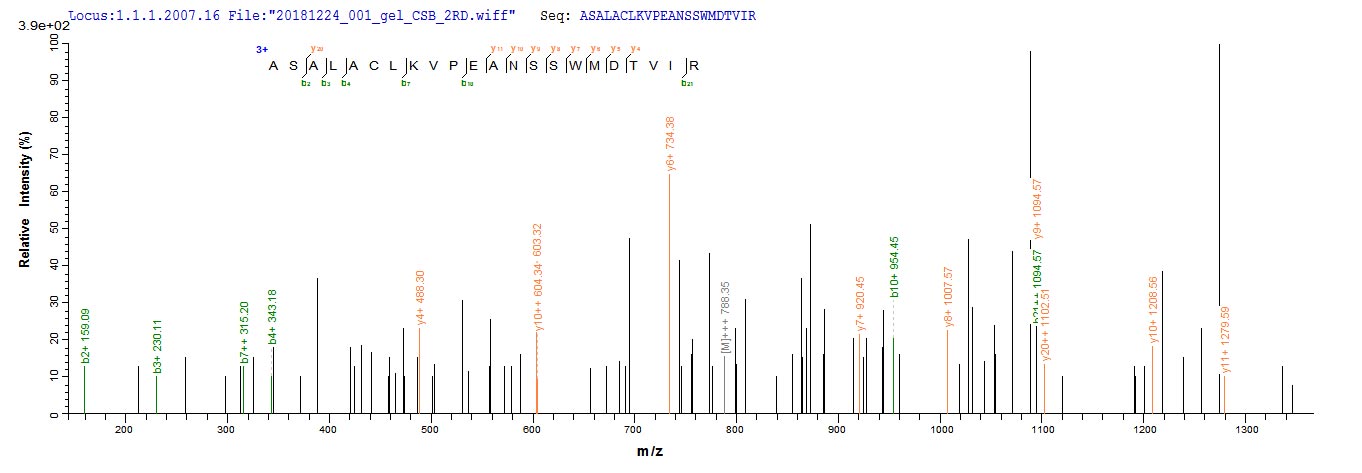Advance your metabolism research with the Recombinant Human DLAT protein, a critical component of the pyruvate dehydrogenase complex. This mitochondrial enzyme plays a central role in the production of cellular energy, acting as the dihydrolipoyllysine-residue acetyltransferase, responsible for acetyl group transfer during the conversion of pyruvate to acetyl-CoA.
Our Recombinant Human DLAT protein is derived from E.coli and comprises the 93-640aa expression region, corresponding to a partial segment of the native protein. Featuring an N-terminal 6xHis tag, this protein is easily purified and detected, ensuring optimal performance in your experiments. With a purity greater than 90% as determined by SDS-PAGE, this protein delivers consistent results in various applications. Choose between liquid and lyophilized powder forms to best suit your research needs and experimental design.






